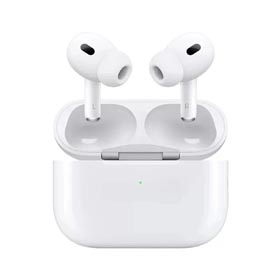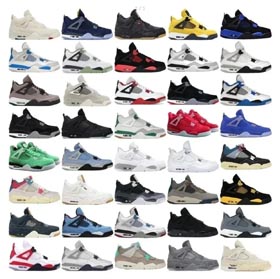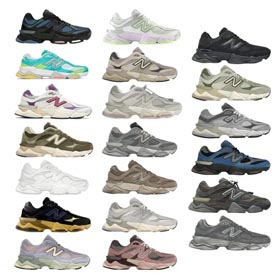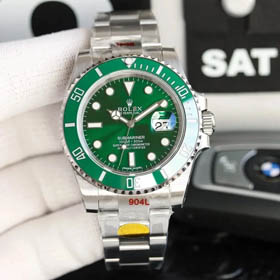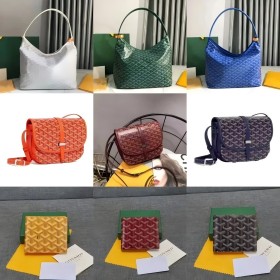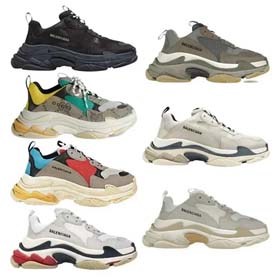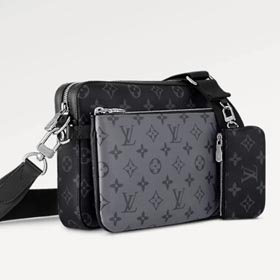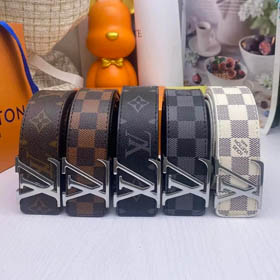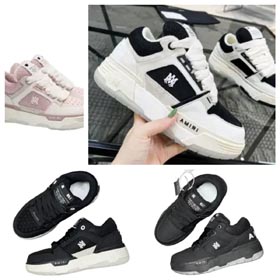Introduction
Since its inception in 1856, Burberryproduct catalog.
From Humble Beginnings to Global Recognition
Founded by Thomas Burberry at the age of 21, the brand initially focused on creating durable outerwear for British outdoor enthusiasts. In 1879, Burberry revolutionized rainwear by inventing gabardine, a breathable, water-resistant fabric that became the cornerstone of the brand's success. By 1891, Burberry expanded to London, opening its flagship store on Haymarket—still a landmark today.
The brand gained military acclaim during World War I when its trench coats, designed with functional details like D-rings and epaulettes, became standard issue for British officers. Post-war, these coats transitioned into civilian wardrobes, solidifying Burberry’s reputation for utility and sophistication.
The Iconic Check Pattern
In the 1920s, Burberry introduced its signature Nova Check—a camel, black, red, and white grid pattern initially used as a coat lining. By the 1960s, the check became synonymous with British heritage, adorning scarves, umbrellas, and luggage. However, its ubiquity led to counterfeit issues in the 1990s. Under CEO Angela Ahrendts’ leadership (2006–2014), Burberry revitalized the pattern by limiting its use and repositioning it as a symbol of exclusivity.
Breaking Into the Digital Landscape
Burberry was among the first luxury brands to embrace digital innovation. In 2010, it live-streamed a runway show on social media, and in 2011, it launched "Burberry Bespoke," allowing customers to personalize trench coats online. Today, the brand continues to merge tradition with technology, leveraging AI and AR for immersive shopping experiences, as showcased in their digital product lineup.
Modern Reinvention and Sustainability
Under creative director Riccardo Tisci (2018–2023), Burberry embraced streetwear influences while honoring its classics. Recent campaigns feature diverse voices, from model Naomi Campbell to musician Skepta. The brand also prioritizes sustainability, pledging carbon neutrality by 2040 and launching collections with eco-friendly materials like recycled nylon.
Conclusion
For over 160 years, Burberry has seamlessly blended tradition with avant-garde creativity. Its ability to adapt—whether through iconic designs, digital transformation, or ethical initiatives—ensures its legacy endures. As the brand writes its next chapter, one truth remains: Burberry isn’t just fashion; it’s a cultural institution. Explore its innovations further in this exclusive product guide.


